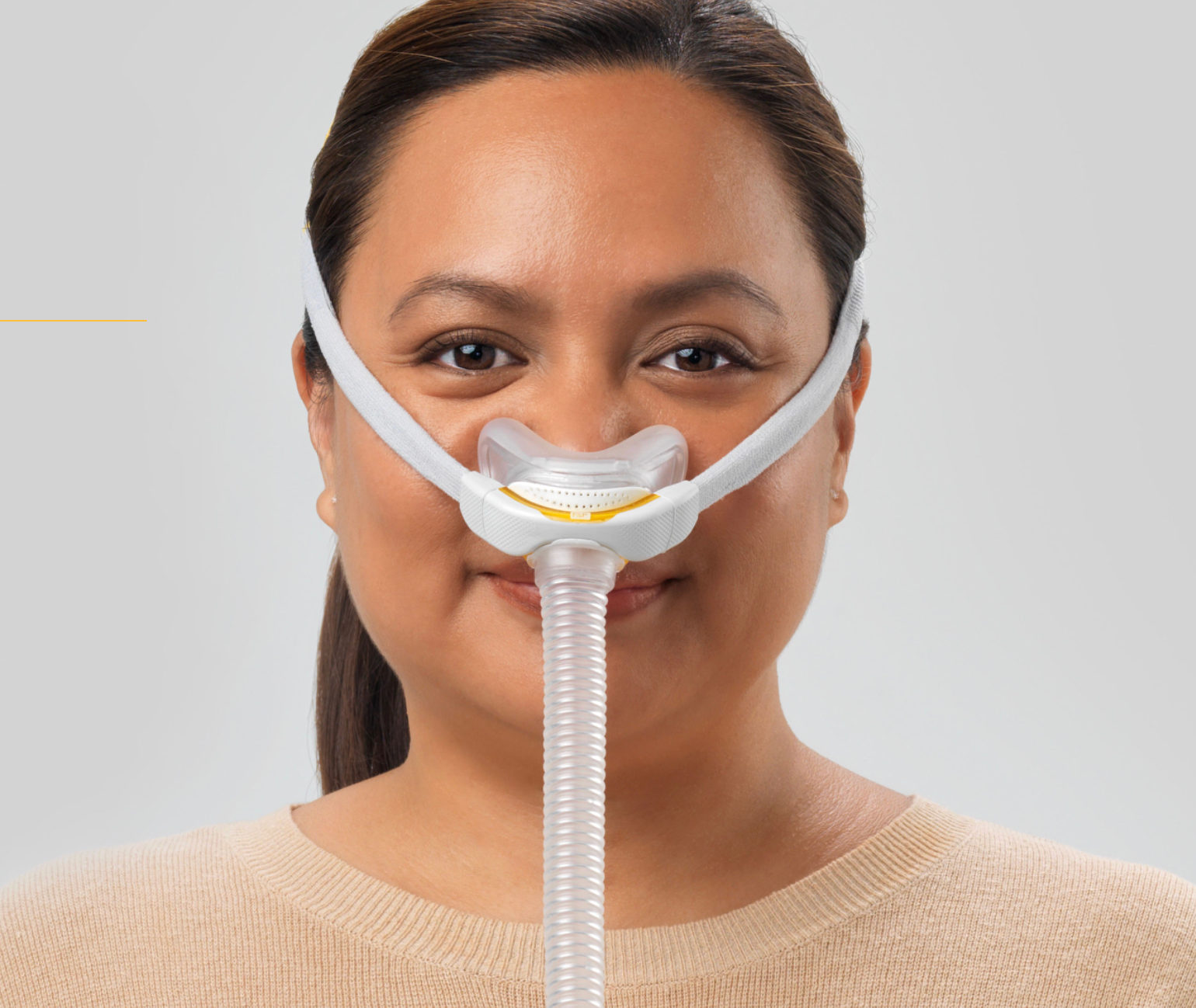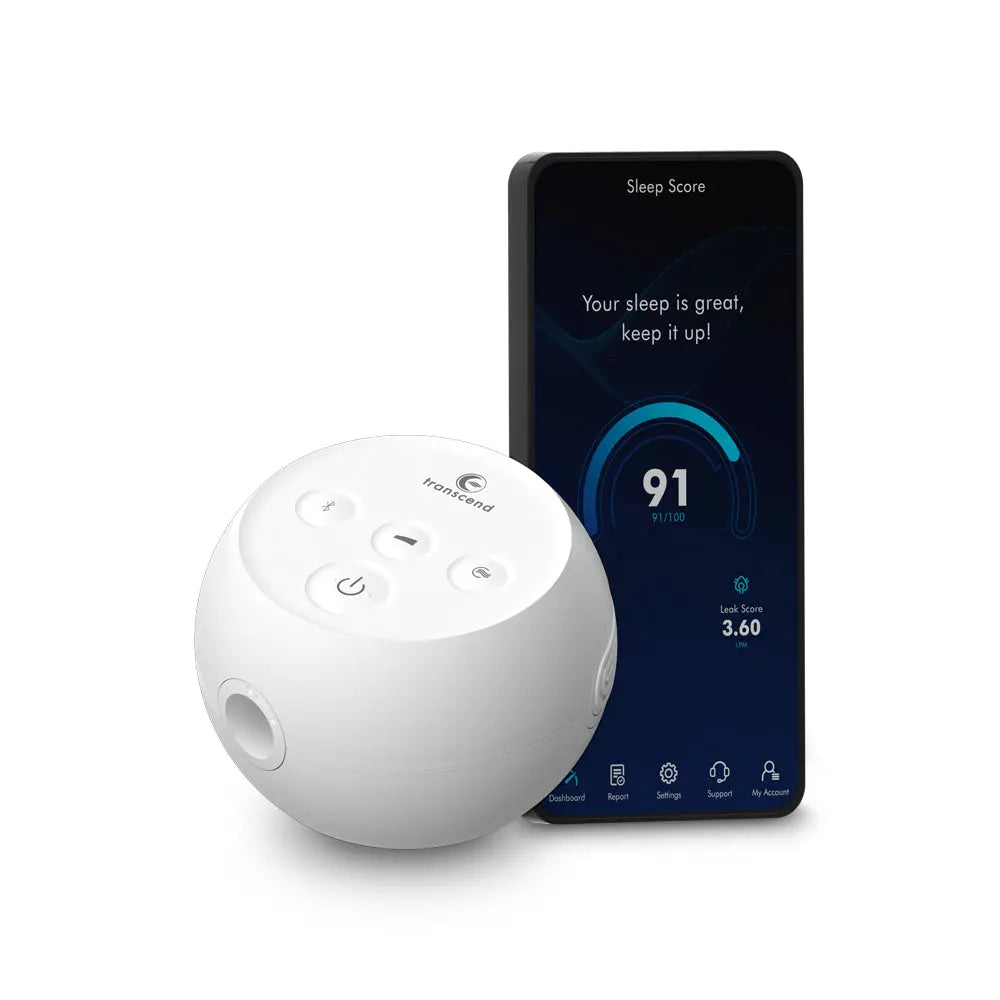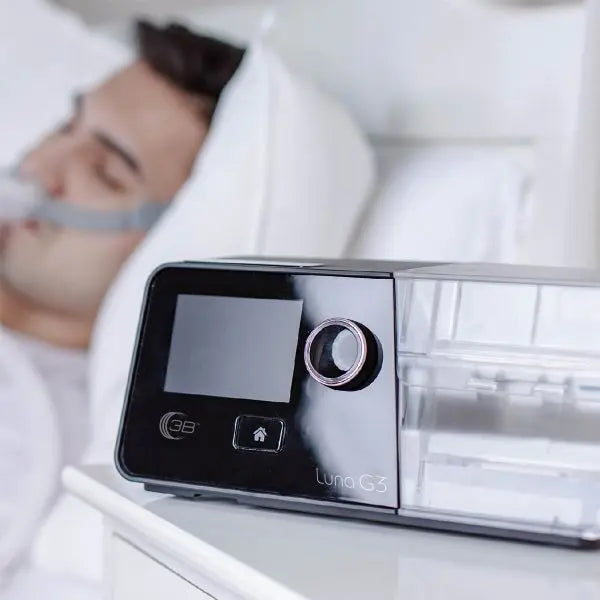The Hidden Physical, Mental, and Social Behavioral Impacts of Sleep Apnea
A Closer Look at Obstructive Sleep Apnea (OSA)
Obstructive Sleep Apnea (OSA) is the most common form of sleep apnea and involves partial or complete obstruction of the upper airway during sleep. This blockage leads to a disruption of breathing that can happen repeatedly throughout the night. This constant interruption reduces oxygen levels and leads to fragmented sleep, which contributes to several cascading health issues. Researchers have found that individuals with untreated OSA are at greater risk for various conditions, such as hypertension, cardiovascular disease, type 2 diabetes, and stroke (Shaw, 2021).
While OSA impacts physical health, it also has substantial effects on mental health. Individuals with OSA are more likely to suffer from anxiety and depression compared to the general population. The frequent drops in oxygen levels can trigger a stress response in the body, and the persistent lack of restorative sleep exacerbates stress, increasing vulnerability to mood disorders. The Sleep Health Inquiries on Needs and Emotions (SHINE) survey conducted in October 2024 revealed some shocking statistics about the emotional burden of OSA: over half of the participants reported feelings of hopelessness, and more than half experienced significant anxiety.
Sleep Apnea's Mental and Emotional Toll
For many people, sleep apnea is not just a physical ailment — it's also an emotional one. The SHINE survey demonstrated that nearly 54% of participants reported anxiety related to their sleep apnea diagnosis, while 67% reported feelings of hopelessness. These mental health challenges are often exacerbated by the physical symptoms of sleep apnea, including frequent nighttime awakenings, headaches, and chronic fatigue (Frost, 2024).
Research has shown that there is a strong link between OSA and depression. One 2023 review noted that individuals diagnosed with OSA are more likely to report symptoms of depression compared to those without the condition. The strain of dealing with the daily consequences of untreated OSA can lead to social withdrawal and isolation, compounding these mental health challenges (Anderson & Brown, 2023). The SHINE survey also found that almost half of the respondents with OSA felt embarrassed about their condition, while 67% reported feeling less engaged with those around them, highlighting the far-reaching social consequences of the disorder.
Individuals with sleep apnea often experience feelings of shame and self-consciousness, largely due to the societal perception of sleep apnea as a condition tied to lifestyle choices and obesity. As highlighted in the SHINE survey, people with OSA often face judgment from others who might stereotype them based on their weight or mistakenly assume that snoring is just an annoying habit rather than a serious medical condition. These judgments can lead to people avoiding seeking help, delaying a diagnosis, and exacerbating their symptoms.
Impact on Work and Relationships
One of the more hidden impacts of sleep apnea is how significantly it can affect daily functioning. The SHINE survey showed that 92% of respondents felt that their OSA symptoms impacted their work performance in the previous week. Daytime sleepiness, one of the main symptoms of OSA, makes it challenging to stay awake and alert during the day, significantly affecting productivity. Furthermore, people with OSA may find it difficult to concentrate, impacting their ability to fulfill job responsibilities.
OSA also poses challenges in relationships, particularly with intimate partners. Almost half of the survey respondents said they were unable to share a bed with their partner due to their sleep apnea symptoms, such as loud snoring and disrupted sleep. A 2021 study indicated that poor sleep quality is associated with higher levels of marital dissatisfaction (Gordon & Chen, 2021). Partners of individuals with sleep apnea often find themselves losing sleep as well, leading to increased tension and irritability within relationships.
Physical Health Complications
Sleep apnea’s impact on physical health is profound. People with untreated sleep apnea are at a higher risk of developing cardiovascular disease. Studies have found that recurrent interruptions in breathing can increase the workload on the heart, elevating the risk for conditions such as high blood pressure and arrhythmias (Somers et al., 2022). The decreased oxygen levels and associated stress response result in systemic inflammation that can damage blood vessels and lead to atherosclerosis over time.
Moreover, sleep apnea has been linked to type 2 diabetes. Researchers have found that the fragmented sleep and oxygen deprivation associated with OSA lead to insulin resistance and impaired glucose metabolism (Punjabi, 2022). Addressing sleep apnea through consistent CPAP therapy not only improves sleep quality but also contributes to better glycemic control in patients with diabetes.
The physical toll of untreated OSA also includes an increased risk of motor vehicle accidents. People with sleep apnea often struggle with excessive daytime sleepiness, which can impair reaction time, decision-making ability, and overall driving performance. The National Highway Traffic Safety Administration (NHTSA) reports that individuals with untreated OSA are up to 2.5 times more likely to be involved in a car accident compared to those without the condition (NHTSA, 2023).
Gender Differences in OSA Impacts
Recent research suggests that sleep apnea impacts men and women differently. Women with sleep apnea are less likely to be diagnosed because they often present with symptoms that are considered atypical, such as insomnia, fatigue, and depression. Consequently, their OSA is more likely to go untreated, leading to greater long-term health risks (Jordan et al., 2022). Studies also indicate that the cardiovascular risks associated with OSA may be more pronounced in women, underscoring the need for gender-specific approaches in diagnosing and treating sleep apnea.
Social Stigma and Navigating Life with CPAP
Sleep apnea not only comes with physical and mental health burdens but also presents social challenges. Many individuals with OSA experience stigma related to their condition and its treatment. Using a CPAP machine, which is one of the most common treatments for OSA, can be an isolating experience. The SHINE survey highlighted that many respondents felt embarrassed about using a CPAP, which could prevent them from traveling or staying overnight with others due to the hassle and perceived inconvenience.
Chris, one of the respondents featured in the SHINE survey, shared a personal experience about being judged by a healthcare provider because he didn’t fit the stereotypical image of someone with sleep apnea. He recounted an experience at a dentist’s office where the dentist expressed surprise that Chris had sleep apnea because he was not overweight. Such experiences emphasize the need to destigmatize OSA and educate the public about its varied risk factors, including genetic predispositions and other underlying health conditions.
For many people, dealing with the social ramifications of sleep apnea involves navigating difficult conversations with friends and family members who may not understand the condition. Explaining the importance of CPAP therapy and addressing misconceptions can be exhausting, especially when individuals feel judged or unsupported. Families of individuals with OSA also experience stress, particularly partners who may be directly impacted by the disruptions to sleep.
Managing Sleep Apnea’s Physical and Emotional Impacts
While the challenges of living with sleep apnea are considerable, there are effective strategies for managing both the physical and emotional impacts of the condition. Consistent use of CPAP therapy can dramatically reduce the health risks associated with OSA. Recent advancements in CPAP technology have made devices quieter and more comfortable, improving compliance rates among patients. Using the right CPAP mask is also critical; individuals need to work closely with their healthcare provider to find a mask that fits properly and provides the necessary support.
Beyond CPAP, lifestyle changes can play a significant role in mitigating the effects of OSA. Weight loss, exercise, and avoiding alcohol and sedatives before bedtime can reduce the severity of sleep apnea symptoms. Additionally, for those who struggle with CPAP compliance, there are alternative treatment options, such as oral appliances or positional therapy, that can be considered.
The mental health aspects of OSA can be addressed through a combination of therapy and support networks. Cognitive-behavioral therapy (CBT) has been shown to be effective in managing anxiety and depression in individuals with sleep apnea (Smith et al., 2023). Support groups, either online or in-person, can provide a sense of community and shared understanding for those dealing with the challenges of living with OSA. Reaching out to a sleep specialist or counselor who understands the intricacies of OSA can make a significant difference in managing both mental and emotional health.
Conclusion
Sleep apnea is far more than a snoring problem—it’s a serious medical condition that affects every aspect of a person's life. The hidden impacts of sleep apnea, including mental health struggles, social stigma, relationship issues, and work challenges, are important aspects that must be addressed alongside traditional treatment. Greater public awareness, better education, and more comprehensive healthcare support are needed to help individuals with sleep apnea lead healthier, more connected lives. Encouraging empathy and understanding for those dealing with this condition can make a significant difference in reducing the stigma associated with sleep apnea and enhancing the quality of life for millions worldwide.
Bibliography
Anderson, R., & Brown, T. (2023). Depression and Obstructive Sleep Apnea: A Systematic Review. Journal of Sleep Medicine and Disorders.
Frost, A. (2024). The Hidden Physical, Mental, and Social Behavioral Impacts of Having Sleep Apnea. Sleep Insight Blog.
Gordon, A. M., & Chen, S. (2021). Sleep and Relationship Satisfaction: Examining Associations Across Married Couples. Journal of Family Psychology.
Jordan, A. S., McSharry, D. G., & Malhotra, A. (2022). Gender Differences in Obstructive Sleep Apnea and Treatment Implications. Sleep Medicine Reviews.
National Highway Traffic Safety Administration (NHTSA). (2023). Sleep Apnea and Driver Safety: A Review. NHTSA Publications.
Punjabi, N. M. (2022). The Impact of Sleep Apnea on Glucose Metabolism and Type 2 Diabetes. Endocrinology Review.
Shaw, R. (2021). The Cardiovascular Consequences of Obstructive Sleep Apnea. Circulation.
Smith, J. A., Reynolds, C. F., & Hall, M. (2023). Cognitive-Behavioral Therapy for Anxiety in Patients with Obstructive Sleep Apnea. Sleep Health Journal.
Somers, V. K., White, D. P., Amin, R., et al. (2022). Sleep Apnea and Cardiovascular Disease: An American Heart Association/American College of Cardiology Statement. Journal of the American College of Cardiology.








Leave a comment
This site is protected by hCaptcha and the hCaptcha Privacy Policy and Terms of Service apply.